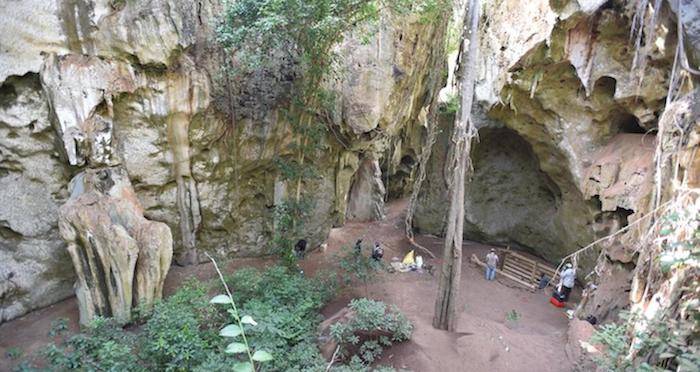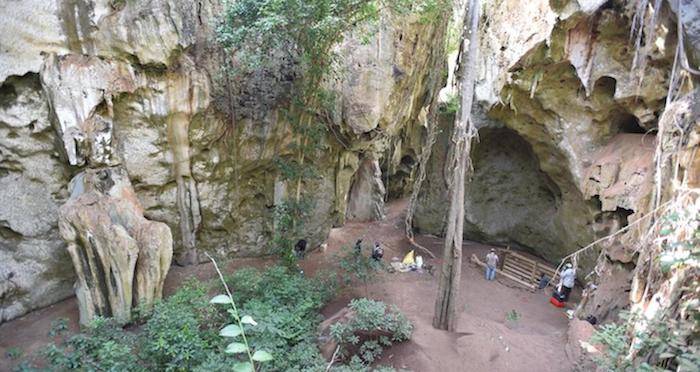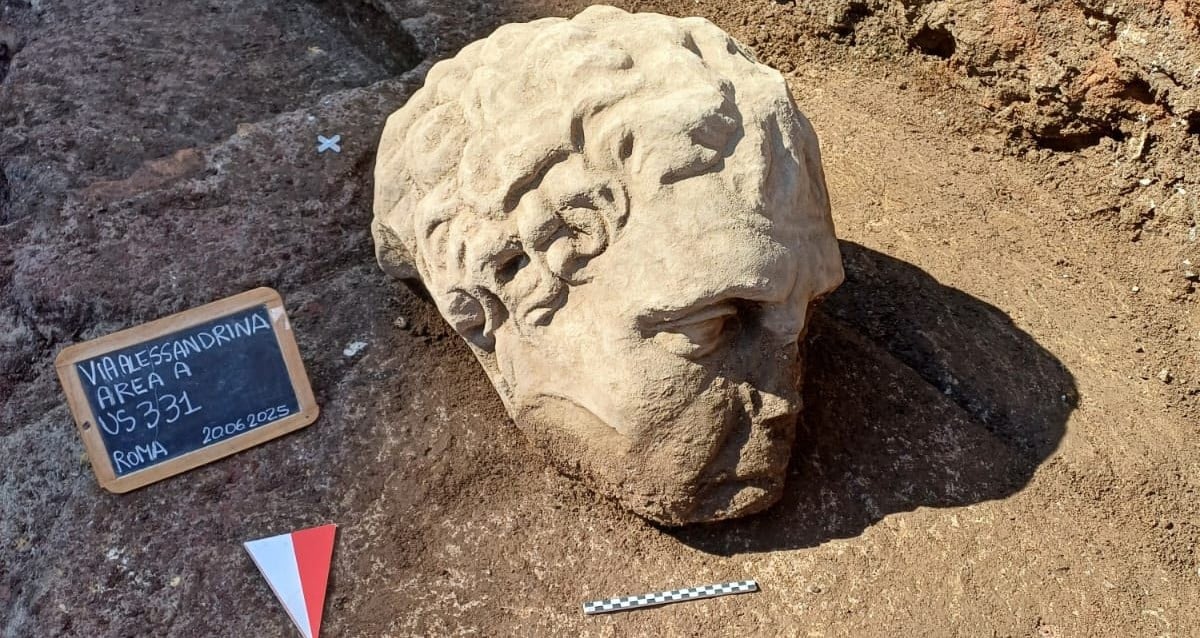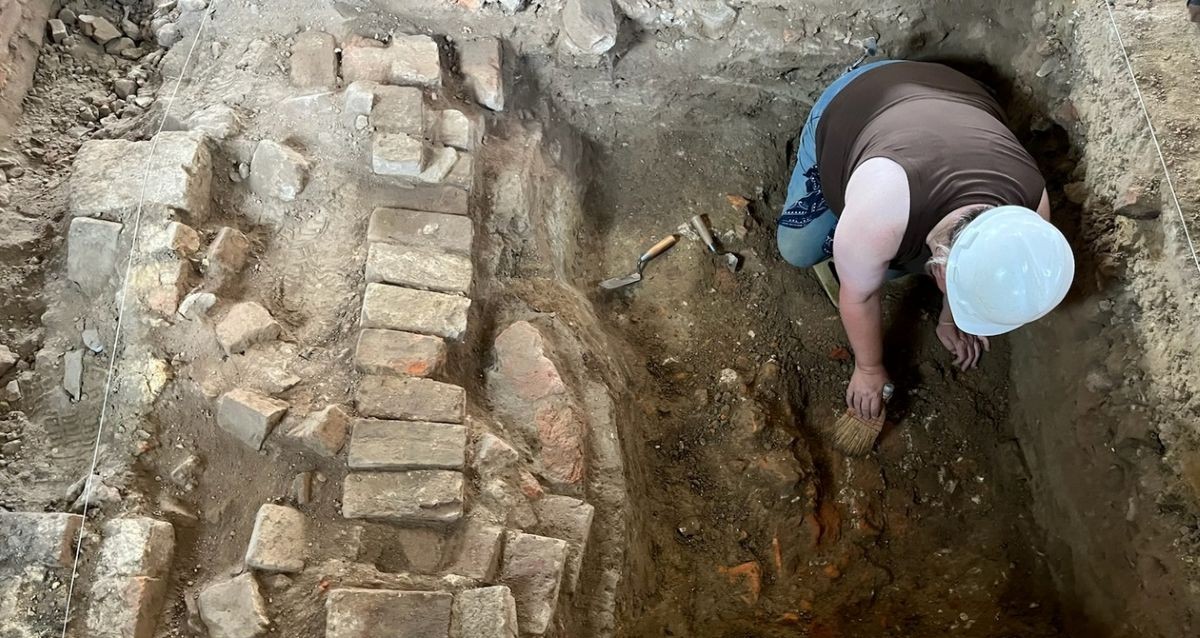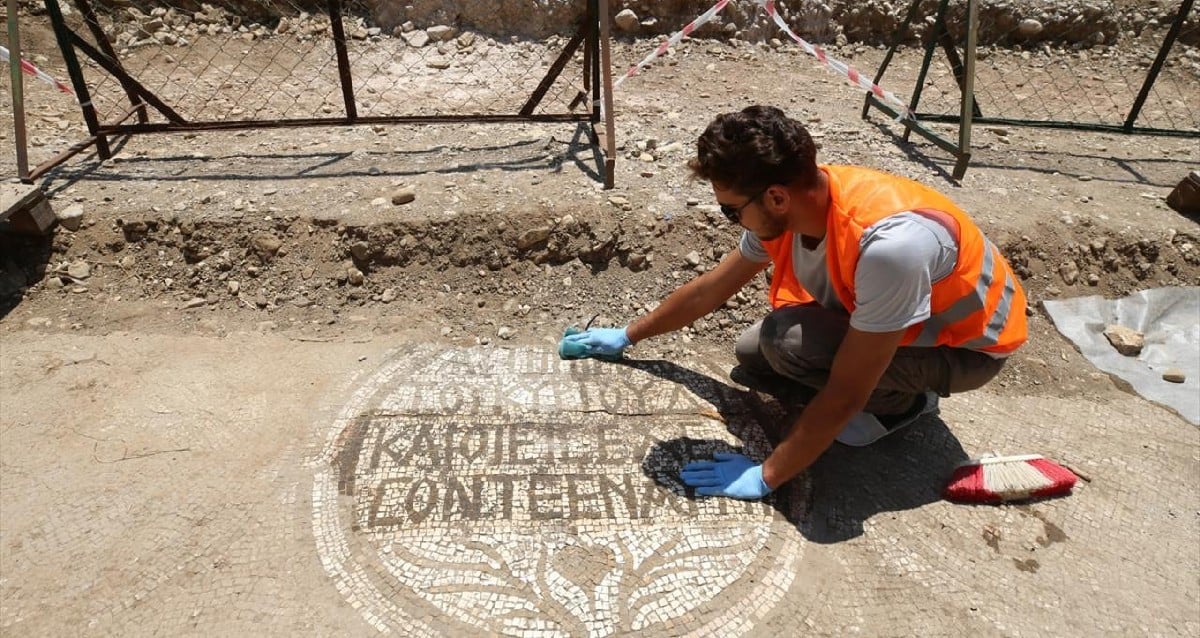“Unearthed Secrets: How 78,000-Year-Old Artifacts Could Rewrite the Story of Humanity’s Stone Age”
The bead, which dates back to around 63,000 years ago, is also the oldest bead recovered from Kenya.
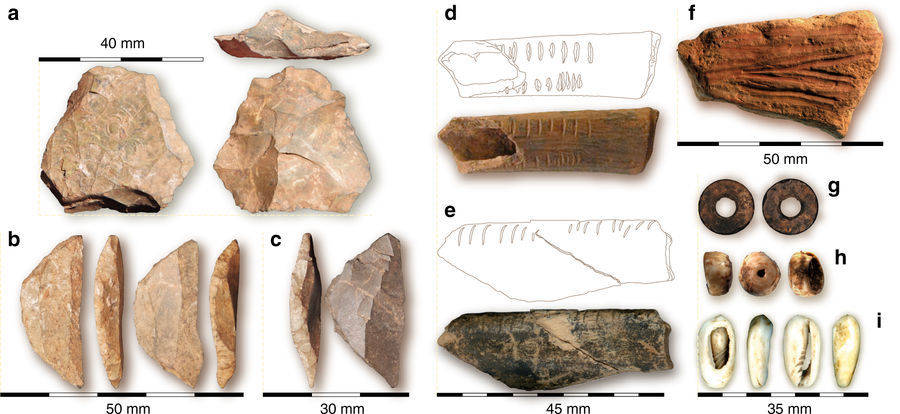
Nature Selected artifacts from Panga ya Saidi.
The researchers believe these artifacts show that humans lived long-term in the cave environments when things like drought made other parts of Africa inhospitable.
“The coastal forest was a key locale for early modern humans in the region. Once they were established there, they seem to have occupied the region for a long time,” explained Boivin. “They’re subsisting in coastal tropical forests.”
“Occupation in a tropical forest-grassland environment adds to our knowledge that our species lived in a variety of habitats in Africa,” said Group Leader of the Stable Isotopes Lab. Dr. Patrick Roberts.
This could indicate the shift during the Stone Age had to do with human’s ability to adapt more than a sudden change. That, “flexibility may be the hallmark of our species.”
These major findings should encourage other archeologists to explore previously overlooked regions, including places with higher altitude, cold settings, and dry places.
“Archaeologists are in some ways low risk – we have to be if we want funding – so we go to places that we know will yield results,” said Boivin. “But this means we’ve developed a really limited understanding of the kinds of environments early Homo sapiens lived in.”
Next read about the 400-year-old artifacts uncovered at the first English settlement. Then read about this gruesome stone age burial site.
